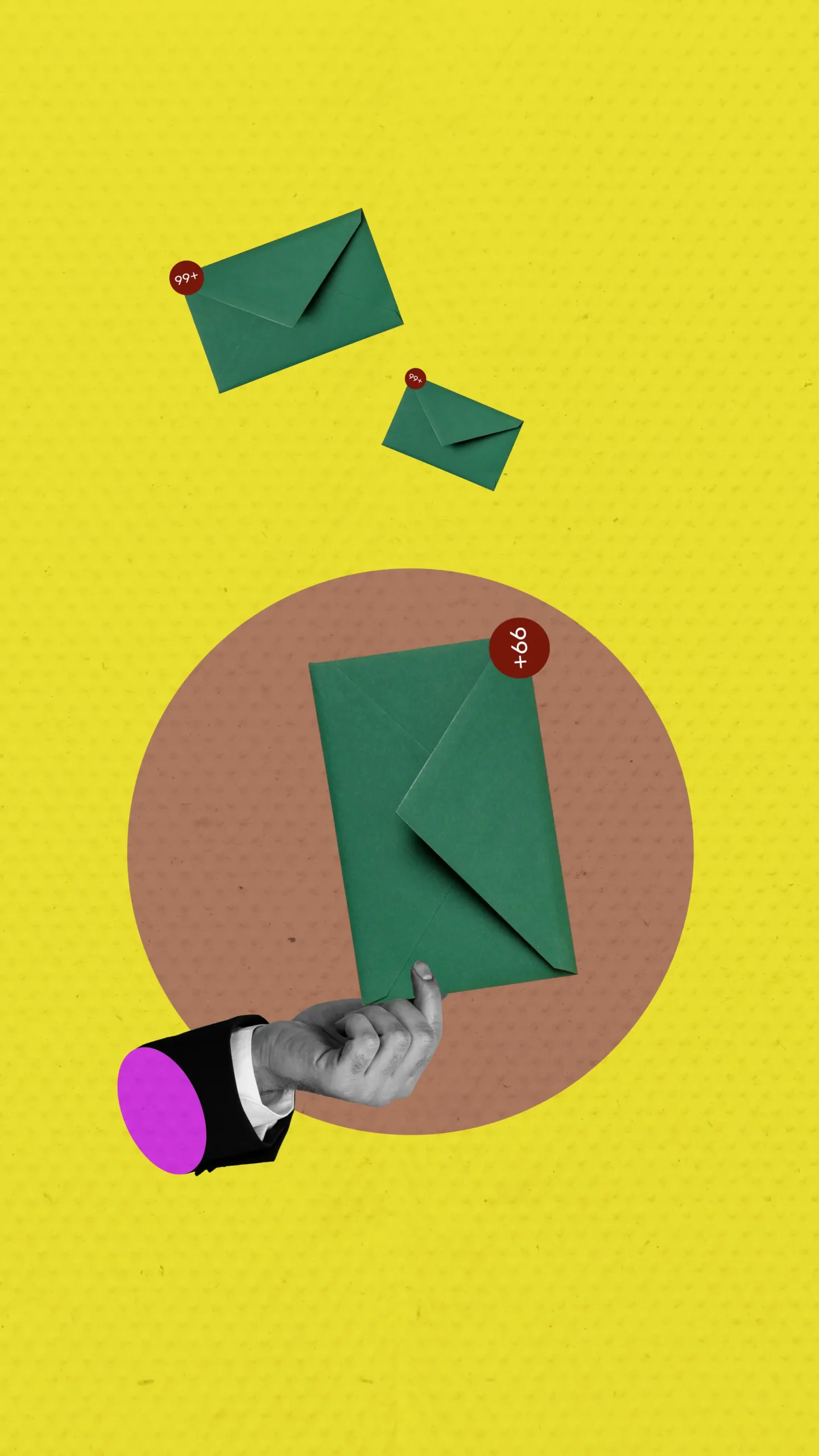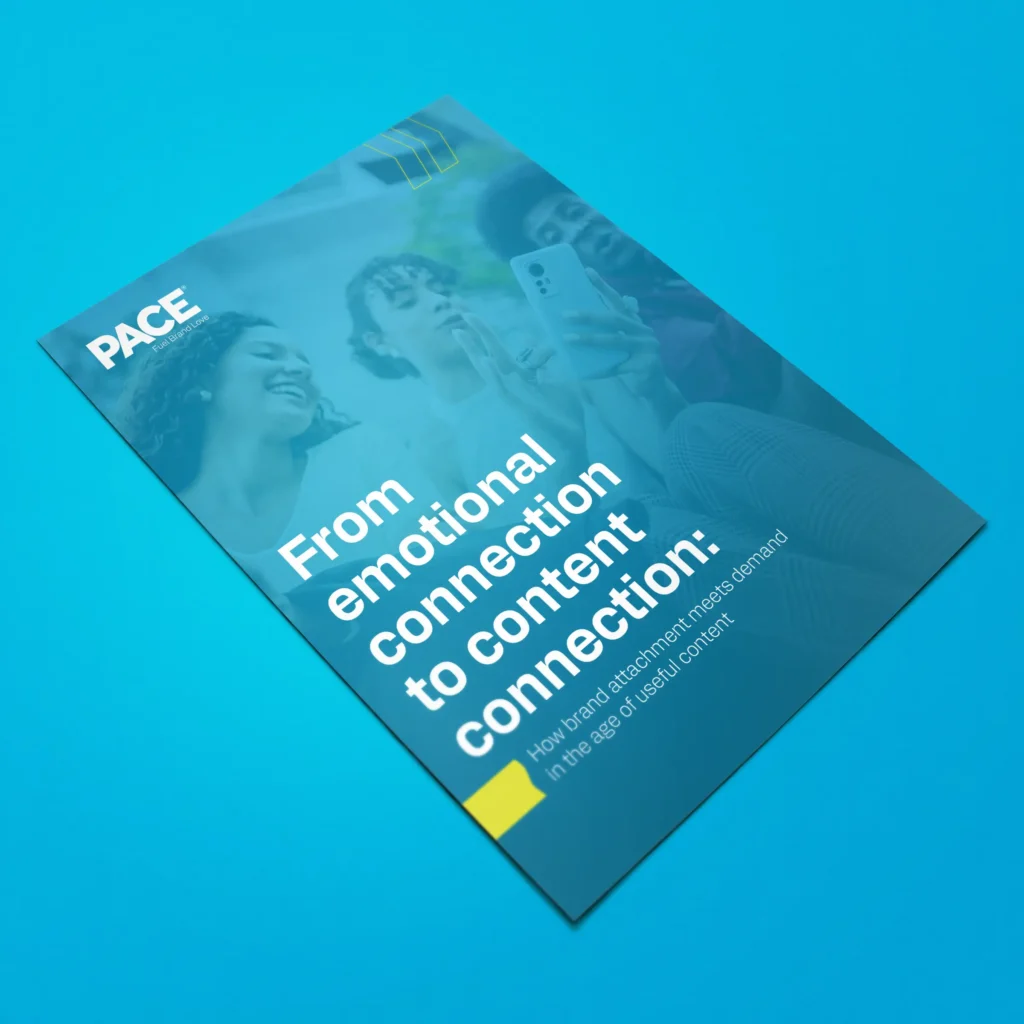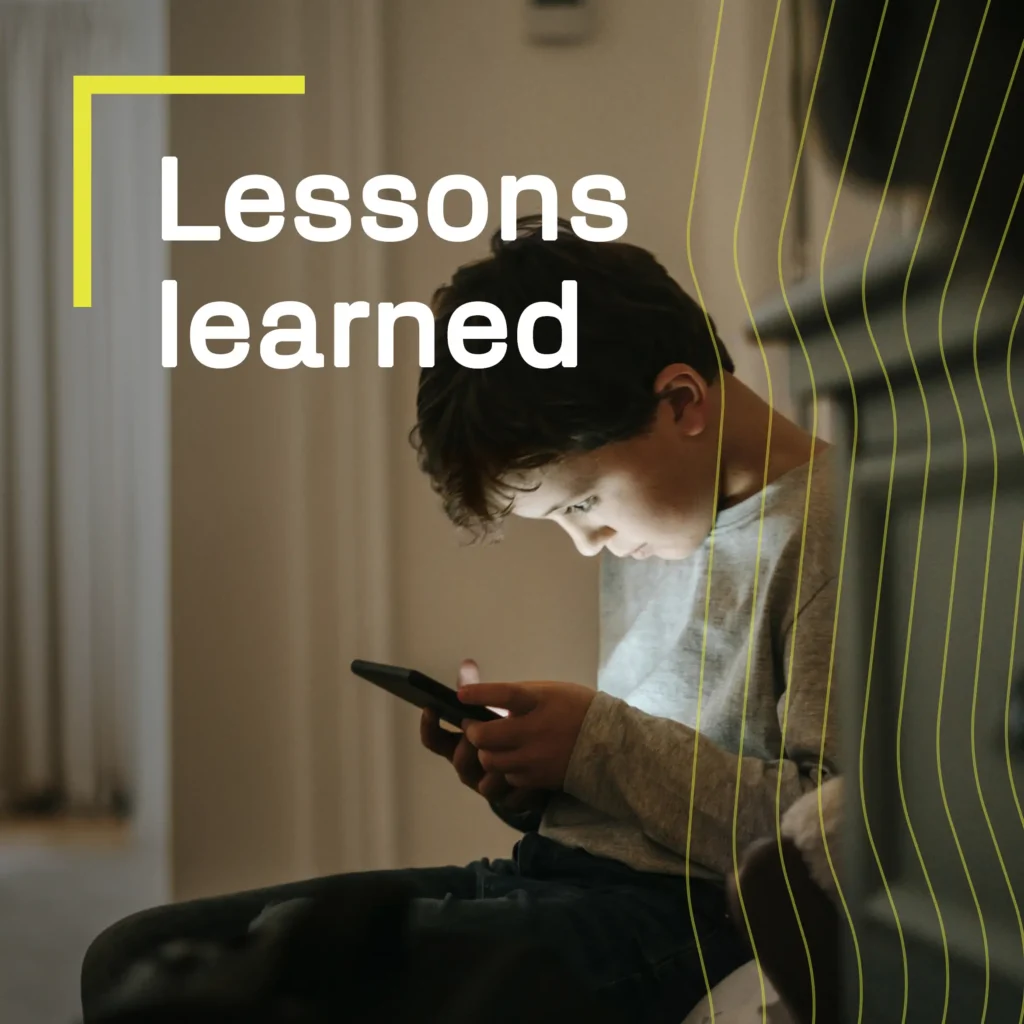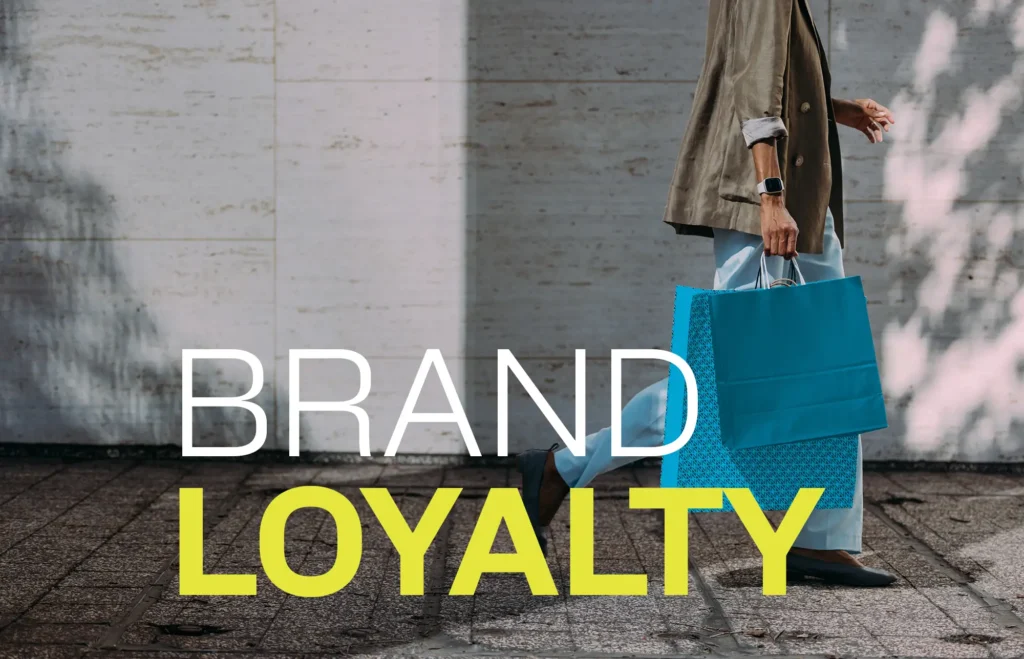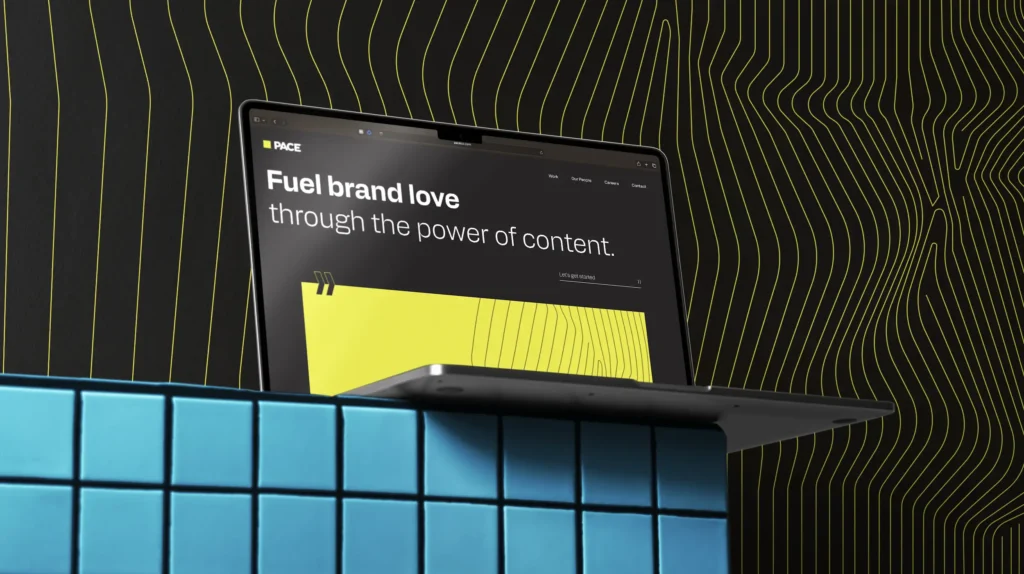From clever subject lines to personalized content, here’s what you should know about crafting emails that drive engagement and maximize return on investment.
When your inbox is flooded with emails, what prompts you to open one promoting a product, service or business? Is it a too-good-to-be-true deal? Or is it one that offers a timely tip? Does a more personalized email marketing approach get you to click for more? I’m a sucker for a good deal, so that’s one way to get me. It’s probably why I signed up for the email to begin with — the promise of a great deal. For this consumer, a little bathroom humor can also entice me to read more. Who Gives a Crap, a brand of eco-friendly toilet paper, uses a mix of big discounts and humor in email subject lines.
“Don’t miss out on double rewards!”
I like double rewards. Click. Click.
“Where are your pants right now?”
What’s this about? Click.
“The ultimate toilet paper playlist”
Seriously? Opens email.
Of course. Songs about butts.
Email marketing is a simple and cost-effective approach to reaching customers directly. It’s also an avenue for brands to engage with customers in more personal and meaningful ways. And when executed with intention, email marketing can even be a strategy that establishes loyalty and brand love. To be honest, I don’t spend much time thinking about toilet paper. But the entertaining emails alone are enough for me to stick with Who Gives a Crap.
However, marketers also need to go beyond personal connections and alluring subject lines to create successful email campaigns. Leading customers to the checkout or “Register Now” button is based on building trust, constant engagement and a focus on making the process easy for them. If toilet paper isn’t your business, good luck.
Seriously, you don’t have to resort to bathroom humor to get your customers click to read more. Here are some insights into creating your own email campaign that will inspire loyalty without asking customers about their pants.
First, get them to say “Yes”
The key to establishing loyalty is building trust. Without it, you might get a customer to give you a try, but they’re not going to keep coming back.
Building brand loyalty in email marketing campaigns requires honesty, transparency and permission. It may seem counter intuitive to success, but your brand will benefit when you give the customer more control. Permission marketing allows them to determine when and how they want to engage with your brand. Their explicit consent is required before you can deliver marketing messages via direct marketing. When they agree to receive communication through a text message via an SMS short code, opt-in emails or subscriptions, they are expressing genuine interest in receiving newsletters, updates or other content from you. They might even invite your content into their bathrooms.
Establishing trust at the opt-in process is also crucial. Your email marketing program should include clear language about the type and frequency of communications. Customers are more willing to sign up if they feel confident that their data privacy is respected and that their consumer preferences and boundaries are honored. They want easy opt-out options, as well as choices regarding communication channels and frequency preferences.
It’s important to recognize that permission marketing doesn’t end at a customer’s agreement to opt-in. They may have agreed to receive communication from your company or organization, but they can opt-out at any time. The way to nurture loyalty is to regularly engage them, seek their feedback and adapt strategies based on their feedback. Brand love, as with any relationship, requires commitment and paying attention to your partner’s needs.
You got them. Now what?
Now that you’ve gotten them to say “yes,” how do you keep them? Furthermore, how do you ensure they’re not just ignoring your emails or sending them straight to the trash? Email won’t build an emotional connection to your brand overnight. But when you get the basics right repeatedly, your audience gets repeated reasons to love what you’re offering.
A clever subject line definitely helps. Remember Who Gives a Crap’s “Where are your pants right now?” Use compelling or attention-grabbing subject lines that are sure to grab a reader’s attention. Avoid spammy words such as “free, trial, unlimited” or “cheap.”
How do you keep subscribers engaged? Don’t limit your emails to promotions. If your sole purpose is to increase sales, then you miss out on creating those deeper bonds that can generate staying power. Give them content that they care about and make them feel special.
You want to keep them interested, even when they’re not looking to buy your service or product. People want content that is relatable, aspirational, helpful or insightful. Five ways to make the most of something. Or six tips to making your roll (of toilet paper) last longer.
And don’t be afraid to get personal. Subscribers also want to know the people behind the brand. I subscribe to a local news newsletter. At the end of each one, there is a nugget about the news team. It might be something like, Jennifer is obsessed with the new ice cream shop downtown or Brett is celebrating a birthday and hopes that no one sends a singing telegram. I may not read the entire newsletter, but I will read each team member note.
Subscriber personalization also increases open rates by 26 percent, according to Experian. I find it hard to ignore someone calling my name and if I see it in an email, I will at least pause to see what it’s about. Use the tools within your platform to add names in emails or to send tailored product or service recommendations based on their previous searches or purchases.
Patagonia is an email success story because the company incorporates a mix of content in its beautifully designed emails. Content isn’t limited to products or sales. Subscribers may receive interesting blog posts, riveting interviews or timely information about social issues. Patagonia isn’t just selling clothing and gear. They’re promoting a lifestyle that appeals to consumers who care about people and the planet. Little wonder fans of their products are fans of their brand too.
Destination: ROI
For the past decade, email generates the highest ROI for marketers, according to Campaign Monitor. For every dollar spent on email marketing, $36 is made in return, according to data from Litmus. Furthermore, 18 percent of companies have reported an ROI greater than $70 per $1 invested. The ROI for the retail, ecommerce and consumer goods industry is especially high at 45:1, followed by marketing, PR and advertising industry at 42:1. Email is even 40 times more effective in new customer acquisitions than social media.
In short, it’s a scalable, repeatable platform to fuel attachment to your brand. What more could you ask for?
We’ve helped clients in the luxury travel, insurance and financial industries increase engagement with their email programs. For one travel client, we helped overhaul its email program by creating new email templates built on best practices in UX design, leveraging member data to inform messaging and cadence for emails and developed a win-back campaign to reengage members. The result was a 95 percent increase in year over year click rates and a 33 percent open rate above previous averages
Pace point of view
A successful email marketing campaign starts with transparency and building trust with consumers/subscribers. Be forthcoming with your intentions, assure them that their data and privacy are protected and that they can opt out at any time. Give them value beyond a discount on items or services. Deliver content that they can relate to.
And make them feel appreciated for their loyalty. There are an infinite number of things that they could be doing other than reading your email. Personalize the messaging when possible and encourage their engagement and feedback. Building lasting loyalty comes with consistency and paying attention to your customers’ needs. And sometimes a little humor helps too.
